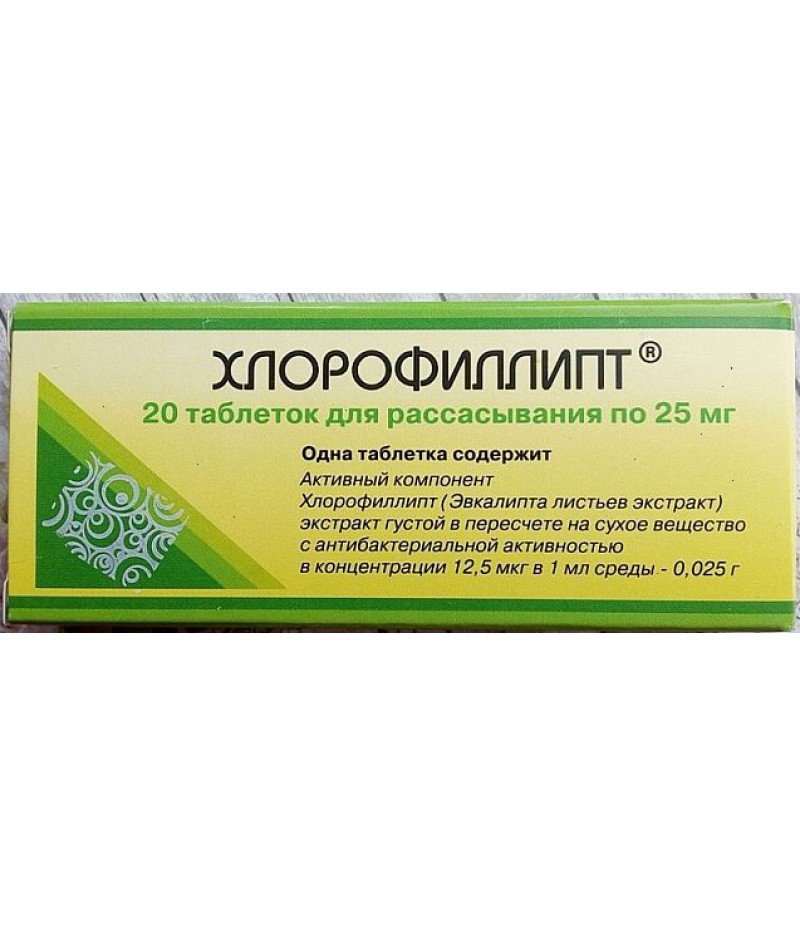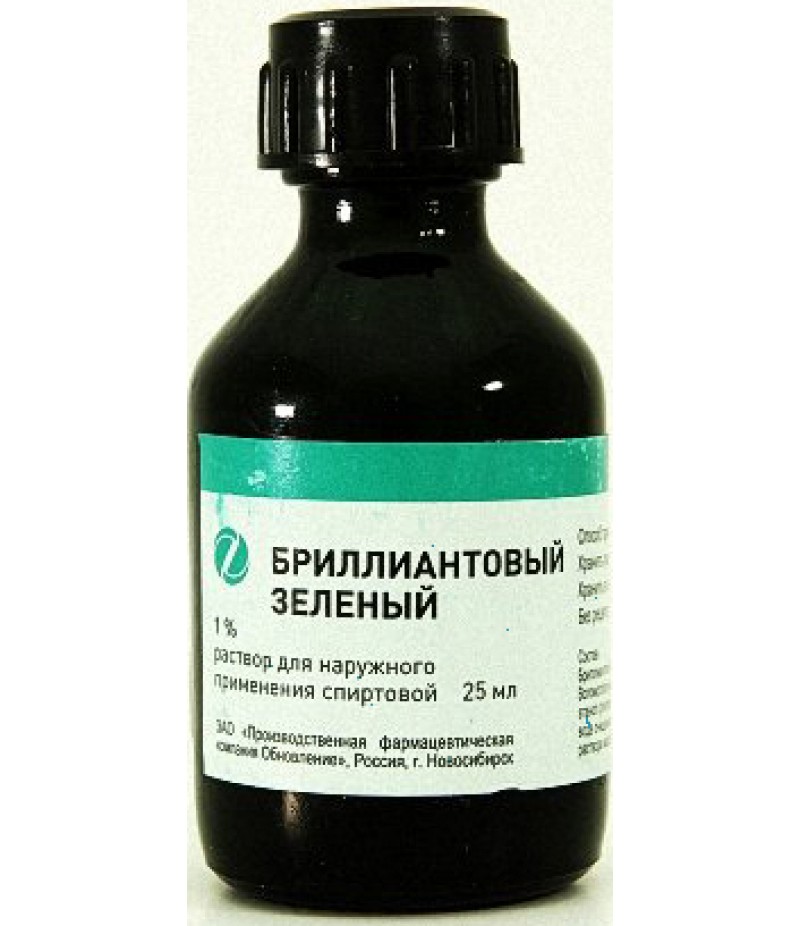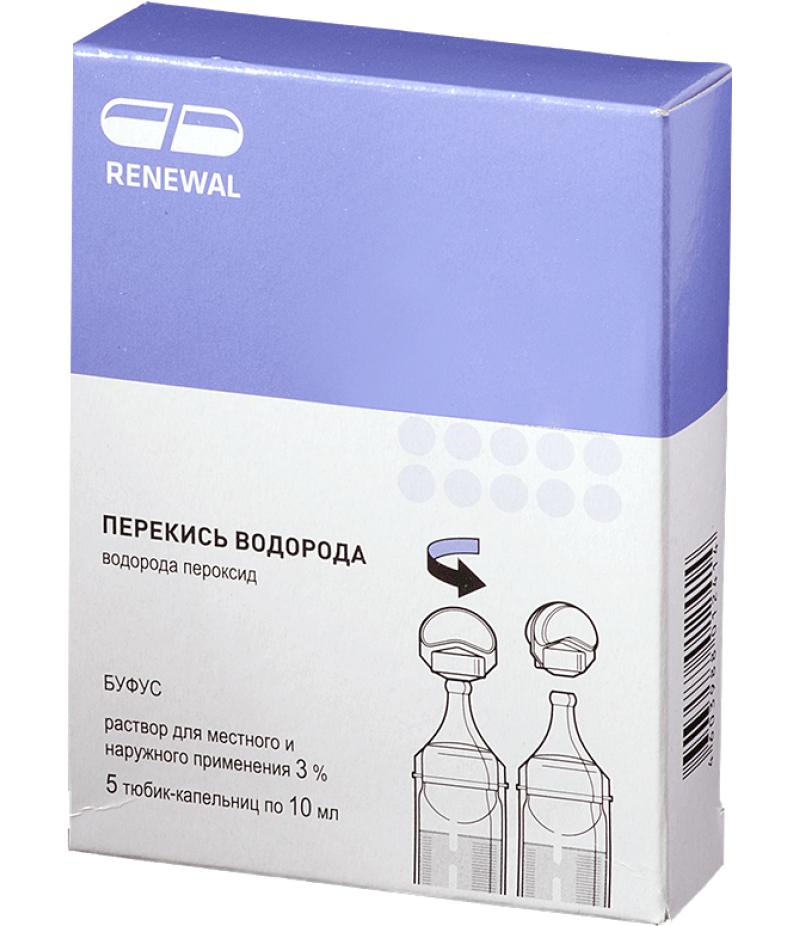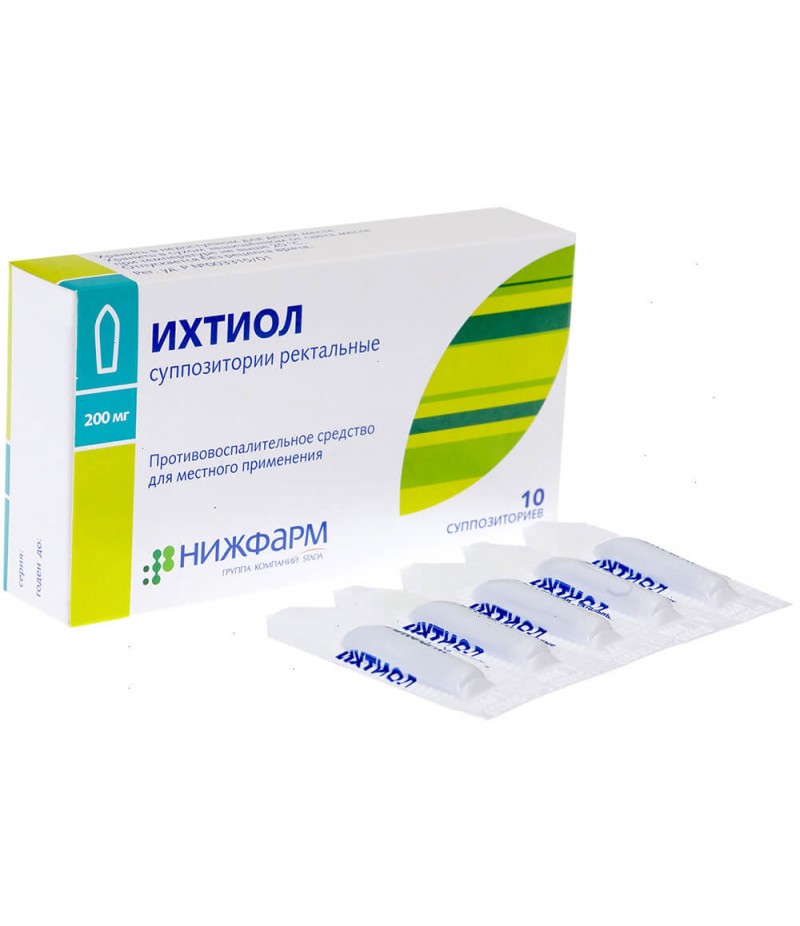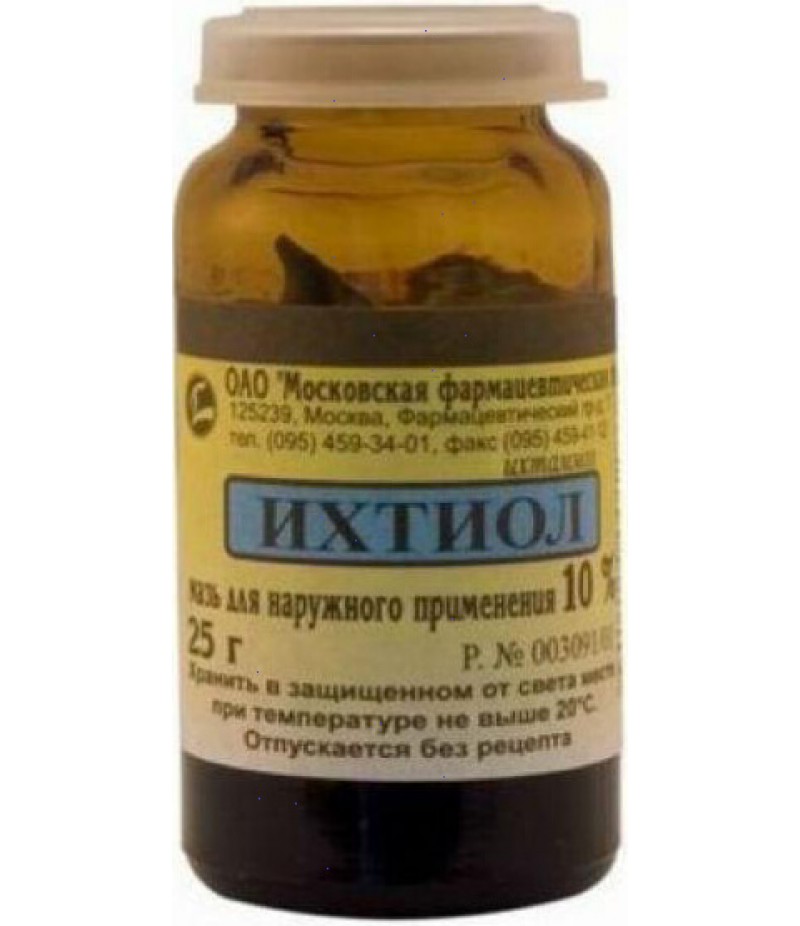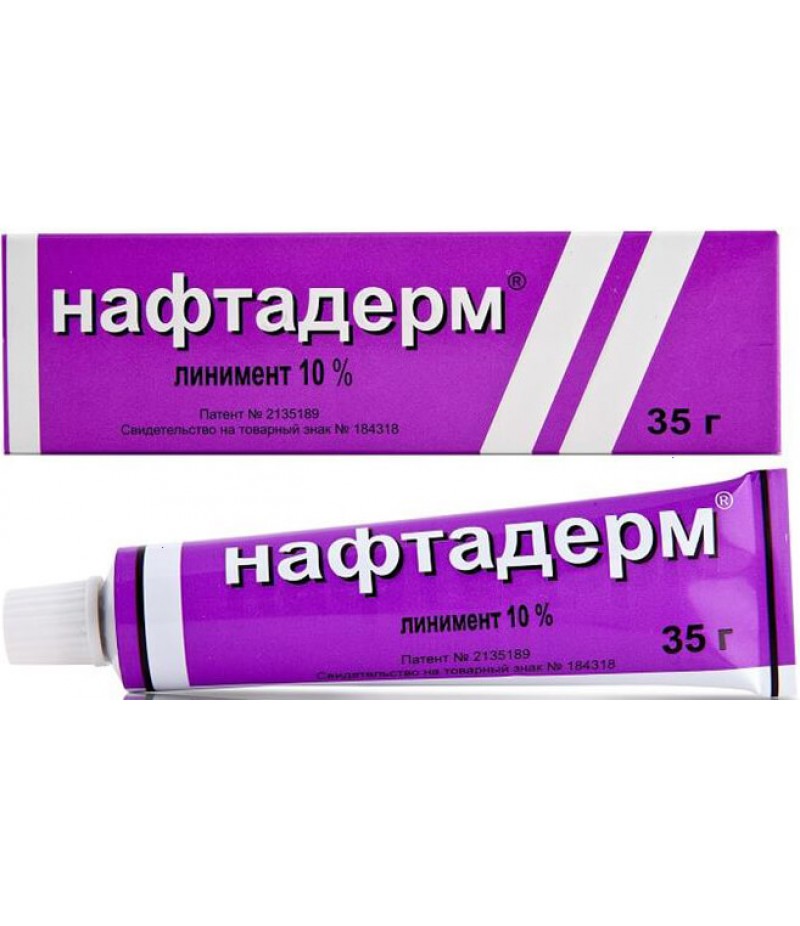Chlorophyllipt tabs 0.8gr #20
- $10.91
- 3 or more $10.50
- Availability:Out Of Stock
Chlorophyllipt user manualYou can buy Chlorophyllipt on this pageCompositionThe composition of Chlorophyllipt in tablets includes 12.5 mg of Eucalypti foliorum extract (93% ethanol is used as an extra
Tags: tabs
Chlorophyllipt user manual
You can buy Chlorophyllipt on this page
Composition
The composition of Chlorophyllipt in tablets includes 12.5 mg of Eucalypti foliorum extract (93% ethanol is used as an extractant), as well as ascorbic acid, sugar and calcium stearate.
In the concentrate for the preparation of the injection solution, the active substance enters at a concentration of 2.5 mg / ml (93% ethanol is used as the extractant), the auxiliary component is 96% ethanol.
The composition of the solution for topical application: extract of eucalyptus in the concentration of 12.5 mg / ml and 95% ethyl alcohol.
The composition of the solution in oil: extract of eucalyptus in a concentration of 20 mg / ml, corn (or olive) oil.
In one container (15 ml) of the spray contains 30 mg of Eucalypti foliorum extract, as well as preservatives E218 (methylparaben) and E216 (propylparaben), glycerin, polysorbate-80, 96% ethyl alcohol, purified water.
Form of issue
Tablets 12.5 mg, package number 20; 25 mg, packaging No. 20 and No. 40.
Alcohol injection solution 0.25%. Ampoules 2 ml, package number 10.
Alcohol solution 1% for topical administration and oral administration. Bottles made of orange glass 25,50 and 100 ml, package number 1; cans of orange glass 100 ml, package number 1.
The solution in oil is 2%. Bottles of dark glass 20 ml, package number 1.
Spray for topical application. Containers 15 ml, packaging number 1.
pharmachologic effect
Bacteriostatic (inhibits the ability of microorganisms to multiply), bactericidal (causes the death of sensitive microorganisms).
Pharmacodynamics and pharmacokinetics
Pharmacodynamics
Chlorophyllipt is a mixture of chlorophylls obtained from the leaves of the blue (or globular) eucalyptus (Eucalýptus globúlus). It has antimicrobial and etiotropic action against staphylococci, including antibiotic-resistant and antibiotic-dependent strains.
It has the ability to eliminate carrier genes of antibiotic resistance to the plasmid ecosystem of various pathogens of bacterial infections, increases oxygen concentration in tissues, and has pronounced detoxification properties.
All of the above allows you to use the drug with a decrease in natural immunity, as a means of combating tissue hypoxia, and as a means of increasing the effectiveness of concurrently used antimicrobials.
The experimental study of the drug revealed its tropism to the lung tissue and the absence of embryotoxicity, teratogenicity, mutagenicity and carcinogenicity.
Bactericidal concentrations of the drug in the blood are created with a single injection of 8 ml of a solution of 0.25% in a vein. To create a bacteriostatic concentration, half the dose is sufficient. The therapeutic concentration after the introduction of the vein is maintained for an average of six hours, so it is optimal to administer the medication four times a day.
Pharmacokinetics
No pharmacokinetics studies have been performed.
Indications for use
Tablets Chlorophyllipt is prescribed for the treatment of diseases of the upper respiratory tract (laryngitis, pharyngitis, tonsillitis), as well as as a remedy for stomatitis (aphthous or ulcerative).
The use of 0.25% solution is indicated for staphylococcal septic states (postpartum, surgical interventions, postinfection), as well as for postoperative and purulent-inflammatory complications of staphylococcal etiology, including:
Staphylococcal endocarditis in patients who underwent heart surgery;
burn disease;
pneumonia;
osteomyelitis;
peritonitis;
pleurisy;
post-abortion sepsis;
metroendometry;
not associated with childbirth / abortion of subacute or acute inflammatory gynecological diseases;
purulent-destructive pyelonephritis, and also with pyelonephritis, complicated by urosepsis (as part of complex therapy);
Parenteral administration of Chlorophyllipt may also be appropriate in certain pathologies caused by non-staphylococcal antibiotics resistant to the action of antibiotics. In particular, the drug is prescribed for the treatment of tuberculosis (any localization), erysipelas, listeriosis infection.
One-percent solution of Chlorophyllipt (alcohol) is used for infectious-inflammatory staphylococcal diseases, including diseases caused by antibiotic-resistant strains.
The use of the remedy is used to accelerate the healing of trophic ulcers and chronic wounds, to treat cervical erosion (EShM) and burn disease, to prevent complications in the postoperative period and to sanitize the intestines in patients who are carriers of pathogenic staphylococcus.
The oil solution of Chlorophyllipt is used to treat diseases caused by antibiotic resistant strains of staphylococci, as well as for the sanation of carriers of pathogenic staphylococci. It is also used to lubricate the tip of the balloon during drug enemas.
Indications for the prescription of the drug are:
burn disease;
difficult healing wounds;
trophic ulcers of limbs;
hemorrhoids;
sphincteritis;
stomach ulcer;
ulcerative colitis;
erosive proctitis;
face;
burns the eyes with a lesion of the cornea;
carbuncles and furuncles of the nasolabial region and nose;
purulent-inflammatory pathology of ENT organs (the drug is effective in sinusitis and etmoiditis);
dental diseases;
cracked nipples in breastfeeding women.
In gynecology, the oily solution is used for ESH, as well as for the treatment of rectovaginal fistulas and vaginal ruptures.
Spray Chlorophyllipt is intended for the treatment of diseases caused by antibiotic-resistant strains of staphylococcus: burns, ESH, trophic ulcers, angina, SARS.
Contraindications
All dosage forms of the drug are contraindicated in case of increased sensitivity to the leaf extract of Eucalyptus globulus, as well as to any other component of the solution, tablets or spray.
Additional contraindication to the use of a 1% alcohol solution (when taking the medicine inside) - a child up to 18 years of age.
Side effects
Possible manifestation of hypersensitivity reactions, in the case of injection solution - changes in the injection site.
Instructions for use Chlorophyllipt
Instruction on Chlorophyllipt in tablets
Adults take 12.5 or 25 mg tablets, depending on the severity of the disease. The tablets are kept in the mouth until it is completely dissolved, without chewing or swallowing.
They are taken every four to five hours one by one. The highest daily dose for an adult is 125 mg. Treatment lasts for an average of seven days.
Chlorophyllitis in angina
With angina, the action of Chlorophyllipt is aimed at stopping reproduction and destroying pathogenic microflora, reducing the intensity of inflammation, reducing the intensity of pain, as well as the formation of pus and mucus and restoring tonsillitis.
The variety of dosage forms allows you to choose the most convenient means for both an adult and a child. In this case, different dosage forms can also be used in combination.
So, for example, to achieve the best result, tablets can be supplemented with the lubrication of the tonsils with an oil solution and gargling with an alcohol solution or with inhalations with Chlorophyllipt in a nebulizer.
How to dilute alcohol Chlorophyllipt for gargling?
Indications for the use of a 1% solution for rinsing the throat are inflammatory diseases of the oropharynx. How to dilute Chlorophyllipt, does not depend on the age of the patient.
The proportions of Chlorophyllipt for rinsing the throat are as follows: 5 ml of solution per 0.5 cup of warm water.
The entire volume of the drug is used for a single rinse. The procedure should last at least five minutes. Rinse throat Chlorophylliptom is better to do after eating, at least 4-5 rubles / day (optimally - every three hours). Within 30 minutes after the procedure, you should not eat any food or drinks.
Solution Chlorophyllipt: how to dissolve to gargle during pregnancy?
Pregnant women should be diluted with the same proportion of Chlorophylliptine to rinse their throats as all other categories of patients. Before the procedure, make an allergy test.
For this, a woman needs to rinse the oral cavity with 25 ml of an alcohol solution diluted in a similar volume with warm water. The composition can be used for medicinal purposes, if in 6-8 hours there are no any manifestations of allergy.
How to bred for inhalation Chlorophyllipt?
For inhalation use a one-percent alcohol solution. This method of treatment is used for staphylococcal infections of the respiratory tract.
The inhalation solution is prepared by diluting one volume of Chlorophyllipt in ten volumes of saline. For one inhalation through the nebulizer, it is enough to take 3 ml of the drug. The procedures are repeated 3 r./day.
Overdose
Overdose may increase the severity of side effects.
Interaction
The active substances in Chlorophyllipt strengthen the action of other antiseptics.
Terms of sale
All dosage forms of the drug are dispensed without a prescription.
Storage conditions
Tablets, injection and spray should be stored at a temperature of up to 25 ° C. The permissible upper temperature limit for storage of single- and two-percentage solutions is 20 ° C.
Shelf life
For tablets, solutions 1 and 2% - two years. For the spray - three years. For a solution of 0.25% - five years.
special instructions
Before starting treatment, it is necessary to determine the sensitivity of the patient to Chlorophyllipt. To do this, he is allowed to take an alcohol solution of 0.25% (25 drops per tablespoon of water).
If after 6-8 hours there is no allergy (swelling of the mucous throat, swelling of the lips, etc.), the drug can be applied in accordance with the recommendations given in the instruction.
One of the components of the tablets is sugar, which should be remembered when prescribing the drug to patients with diabetes mellitus.
To dilute the alcohol solution for injection use Novokain. Therefore, to prevent adverse reactions before the introduction of the drug should be made a test for the tolerability of novocaine (signs of allergy are reddening of the skin and swelling of tissues at the injection site).
When topical application of Chlorophyllipt is recommended, alternately use for treatment of wounds and burns a two percent oil and a 1% alcohol solution.
Analogues
Analogs that have the ATC code of the 4th level with Chlorophyllipt: Brilliant green, Hydrogen peroxide.
Chlorophyllitis for children
In the instructions for children, there are no clear recommendations on the use of Chlorophyllipt. The manufacturer indicates that there is no experience in the use of tablets, sprays, alcohol and oil solutions in pediatrics. Moreover, one of the contraindications for taking an alcohol solution 1% inside is the age of up to 18 years.
Nevertheless, given the good tolerability of the drug and a small number of contraindications to the use, it is often used since the neonatal period.
Chlorophyllipt for newborns is used primarily for the treatment of umbilical wound. The drug in the form of a 1% alcohol solution is prescribed as an alternative to a solution of a brilliant green or is recommended to be used alternately with it.
In addition, physicians solution Chlorophyllipt for newborns is recommended to be used to treat staphylococcal pustular rash and prevent systemic inflammatory reactions that develop when pathogenic bacteria enter the bloodstream.
Older children are treated with wounds and abrasions, the drug is indicated to adolescents as an agent for the treatment of juvenile acne (the solution is applied to the elements of the rash pointwise with a cotton swab).
In some cases, children are prescribed an intravenous solution of 0.25% and intake of an oily solution inside. Parenteral administration is advisable in cases when pathogenic staphylococci are found in internal organs (in particular, in the lungs), body cavities and blood plasma.
An oily solution for children is prescribed for angina and ARVI. It is used for instillation of the nose and lubrication of the larynx, including in the smallest patients (if it is difficult to lubricate, babies can be given on the nipple).
Alcohol solution is added to breast milk or artificial mixture (a few drops for each dose).
It should be noted that when choosing between the appointment of Chlorophyllipt and antibiotics to young children, doctors often prefer the former. This is due to the fact that with the same strength with antibiotics, Chlorophyllipt does not destroy microorganisms useful for the organism and does not lead to dysbiosis.
The choice in favor of the drug is also made in case of immunity to antibacterial therapy and if the child has reduced immunity.
Is it possible to gargle with a drug for children and how to gargle with Chlorophyllipt (proportions)?
Since the tablet forms of the drugs are not suitable for the treatment of small children, and the spray for children can be used only from the age of twelve (its side effect is allergic reactions and in particular bronchospasm), pediatricians with ENT diseases in children recommend the use of an oil solution Chlorophyllipt for treatment inflamed tonsils and alcohol solution for gargling.
Children Chlorophyllipt for gargling should be applied, previously diluting 10 ml of a 1% solution in a glass of warm (not hot!) Water.
The rinsing procedure is repeated at least 3 r./day. At the same time, a child should always be with an adult.
Is it possible to drip an oil solution in children's nose?
Indications for use in children of a two percent solution in oil are inflammatory processes in the area of the paranasal sinuses - sinusitis and sinusitis. In the absence of oil Chlorophyllipt allergy, two or five drops (2 to 5 drops, depending on the age of the patient) are injected into the nose each child in each nasal passage.
Chlorophyllipt in pregnancy
The effectiveness and safety of Chlorophyllipt in pregnancy / lactation have not been studied, so the drug can be prescribed only in situations where the expected curative effect exceeds the potential risks for the fetus / child.
Reviews of Chlorophyllipt
Chlorophyllipt is a universal antimicrobial agent that can be used from the period of the newborn and throughout life.
The drug destroys the destructive microflora (it is most effective against staphylococcus), it removes inflammation, accelerates healing of wounds, it perfectly helps with tonsillitis and sinusitis, from sweating in infants and from acne in adolescents, from burns, hemorrhoids and gynecological diseases.
Find bad reviews about Chlorophyllipt is impossible. And the spray, and the oily solution, and the tablets work perfectly both independently and in combination with each other. People who use the drug, consider it a savior for the whole family and the best remedy for sore throat and runny nose.
Advantages of Chlorophyllipt are also low in comparison with analogues price and variety of release forms, allowing to choose the most suitable depending on the diagnosis and age of the patient.

